Home>Furniture & Design>Outdoor Furniture>How Big Should An Outdoor Dog Kennel Be?
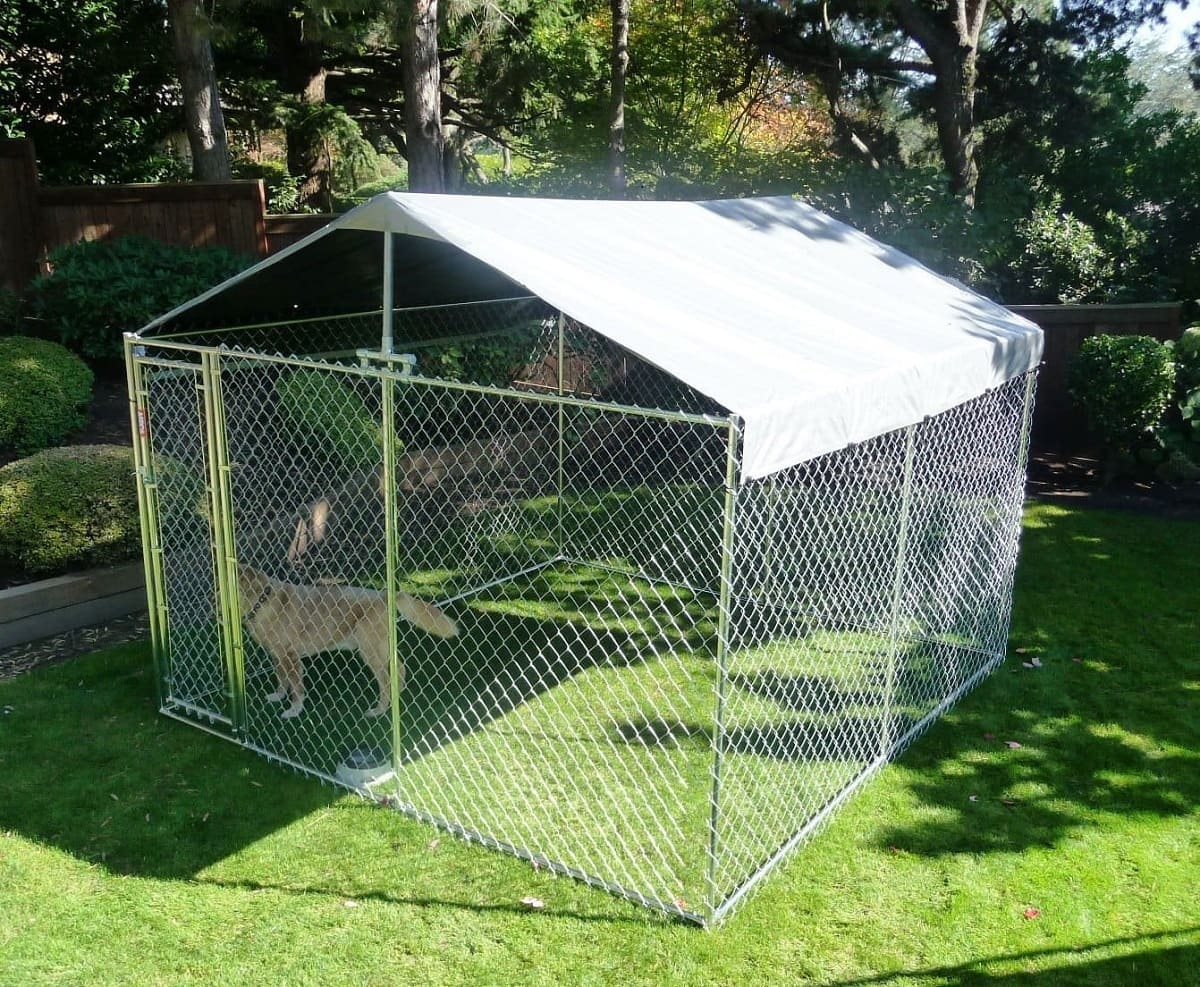

Outdoor Furniture
How Big Should An Outdoor Dog Kennel Be?
Published: February 12, 2024
Find the perfect size for your outdoor dog kennel with our expert guide. Create a comfortable and safe space for your furry friend. Outdoor furniture, furniture, and design tips.
(Many of the links in this article redirect to a specific reviewed product. Your purchase of these products through affiliate links helps to generate commission for Storables.com, at no extra cost. Learn more)
Introduction
When it comes to providing a comfortable and safe space for your furry friend in the great outdoors, the size of the outdoor dog kennel plays a crucial role in ensuring their well-being. Whether it's for brief periods during outdoor activities or as a permanent outdoor shelter, the dimensions of the kennel should be carefully considered to accommodate your dog's needs.
Creating an outdoor sanctuary for your canine companion involves thoughtful planning and consideration of various factors to ensure that the kennel is not only spacious enough but also provides a secure and inviting environment. From the breed and size of your dog to the intended usage of the kennel, several key elements should be taken into account to determine the optimal size for an outdoor dog kennel. Let's delve into the essential factors to consider and explore recommended size guidelines to help you make an informed decision for your beloved pet's outdoor haven.
Key Takeaways:
- Consider your dog’s breed, size, and activity level when choosing the right outdoor kennel size to ensure their comfort and well-being in the great outdoors.
- Tailor the outdoor kennel size to your dog’s individual needs, providing a secure and inviting space for them to thrive and enjoy the outdoor experience.
Read more: How To Winterize Outdoor Dog Kennel
Factors to Consider
When determining the appropriate size for an outdoor dog kennel, several crucial factors should be taken into consideration to ensure the comfort and well-being of your furry companion.
- Breed and Size: Different dog breeds vary significantly in size, so it’s essential to consider the specific dimensions of your dog’s breed. Larger breeds, such as German Shepherds or Labrador Retrievers, require more space to move around comfortably, while smaller breeds, like Chihuahuas or Dachshunds, can thrive in a more compact area. Understanding your dog’s breed and size is fundamental in selecting the right kennel dimensions.
- Activity Level: Take into account your dog’s activity level and behavior. Active and energetic dogs benefit from a larger space that allows them to move, play, and stretch, whereas more laid-back or older dogs may require a smaller area for relaxation and rest.
- Duration of Use: Consider how long your dog will spend in the outdoor kennel. If it’s primarily for short periods during outdoor activities or potty breaks, a smaller size might suffice. However, if the kennel serves as a long-term outdoor shelter, providing ample room for your dog to move around comfortably is essential.
- Multi-Dog Household: If you have multiple dogs, the size of the kennel should accommodate all the dogs comfortably. It’s important to ensure that each dog has enough space to avoid overcrowding and potential conflicts.
- Regulatory Requirements: Check local regulations and guidelines regarding outdoor dog kennels. Some areas may have specific requirements regarding the minimum size of outdoor dog enclosures for the safety and well-being of animals.
By carefully considering these factors, you can make an informed decision about the size of the outdoor dog kennel, ensuring that it meets your dog’s individual needs and provides a comfortable and secure outdoor space.
When determining the size of an outdoor dog kennel, consider the size and breed of your dog. A general rule is to allow for enough space for your dog to stand, turn around, and stretch out comfortably. Additionally, factor in space for food and water bowls, and any toys or bedding.
Size Recommendations
When it comes to providing the optimal space for your dog in an outdoor kennel, there are general size recommendations based on the dog’s breed and weight. These guidelines can serve as a helpful starting point in determining the appropriate dimensions for the kennel.
- Small Breeds (Up to 25 lbs): For small breeds such as Chihuahuas, Dachshunds, and Pomeranians, a kennel size of approximately 24 square feet provides ample space for movement and comfort. This size allows small dogs to have room for exercise and play while ensuring a cozy environment.
- Medium Breeds (25-50 lbs): Dogs like Bulldogs, Cocker Spaniels, and Beagles typically require a kennel size of around 48 square feet to accommodate their size and activity level. This provides them with enough room to move freely and engage in physical activities.
- Large Breeds (50-100 lbs): Breeds such as Labrador Retrievers, Boxers, and German Shepherds need a more spacious kennel, ideally around 72 square feet. This size allows larger dogs to stretch, play, and exercise comfortably within the outdoor enclosure.
- Extra-Large Breeds (100+ lbs): For extra-large breeds like Great Danes, Saint Bernards, and Mastiffs, a kennel size of approximately 100 square feet or more is recommended. These massive dogs require ample space to move around and should have a generously sized outdoor area to ensure their well-being.
It’s important to note that these size recommendations are general guidelines and may vary based on individual dog behavior, activity level, and specific needs. Additionally, providing enrichment items such as toys, raised beds, and shelter within the kennel enriches the outdoor experience for your dog, regardless of the kennel’s size.
By taking into account your dog’s breed, size, and activity level, you can determine the most suitable kennel size to create a comfortable and inviting outdoor space for your beloved pet.
Conclusion
Choosing the right size for an outdoor dog kennel is a crucial aspect of creating a safe and comfortable environment for your canine companion. By considering factors such as your dog’s breed, size, activity level, and the intended duration of use, you can make an informed decision regarding the dimensions of the kennel.
Understanding the specific needs of your dog’s breed is essential in providing an outdoor space that promotes their well-being and allows for natural behaviors such as movement, play, and relaxation. Whether you have a small, medium, large, or extra-large breed, tailoring the size of the outdoor kennel to accommodate their individual requirements is key to ensuring their comfort and happiness.
While general size recommendations based on breed and weight serve as valuable starting points, it’s important to assess your dog’s unique characteristics and behaviors to determine the most suitable kennel size. Additionally, adhering to any local regulations or guidelines regarding outdoor dog enclosures is essential to ensure compliance with animal welfare standards.
Ultimately, the goal of providing an outdoor dog kennel is to offer a secure and enjoyable space for your dog to experience the outdoors while remaining safe and comfortable. By carefully considering the factors and size recommendations outlined, you can create an inviting outdoor haven that enhances your dog’s quality of life and strengthens the bond between you and your beloved pet.
With thoughtful planning and consideration, you can design an outdoor dog kennel that not only meets your dog’s needs but also enriches their outdoor experience, providing a space where they can thrive and enjoy the wonders of the great outdoors.
Frequently Asked Questions about How Big Should An Outdoor Dog Kennel Be?
Was this page helpful?
At Storables.com, we guarantee accurate and reliable information. Our content, validated by Expert Board Contributors, is crafted following stringent Editorial Policies. We're committed to providing you with well-researched, expert-backed insights for all your informational needs.
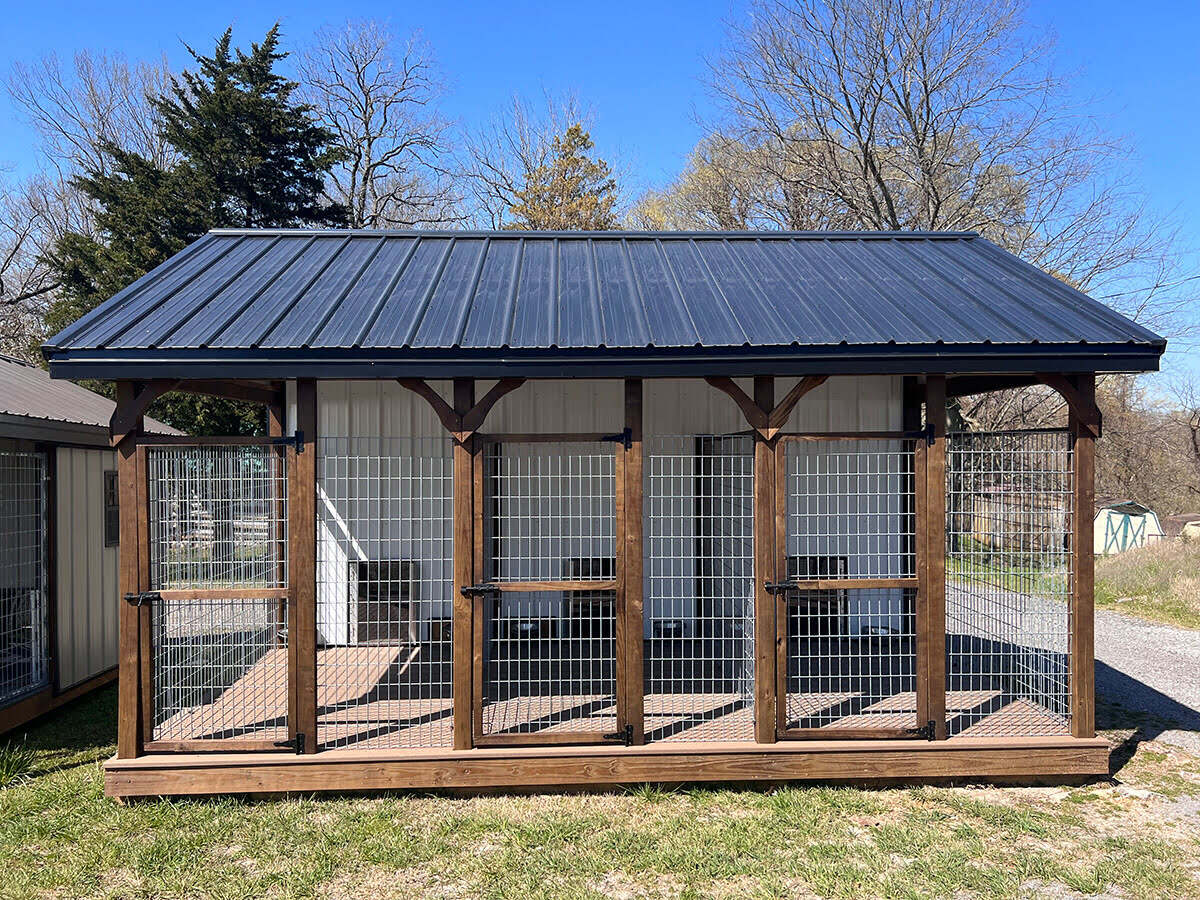
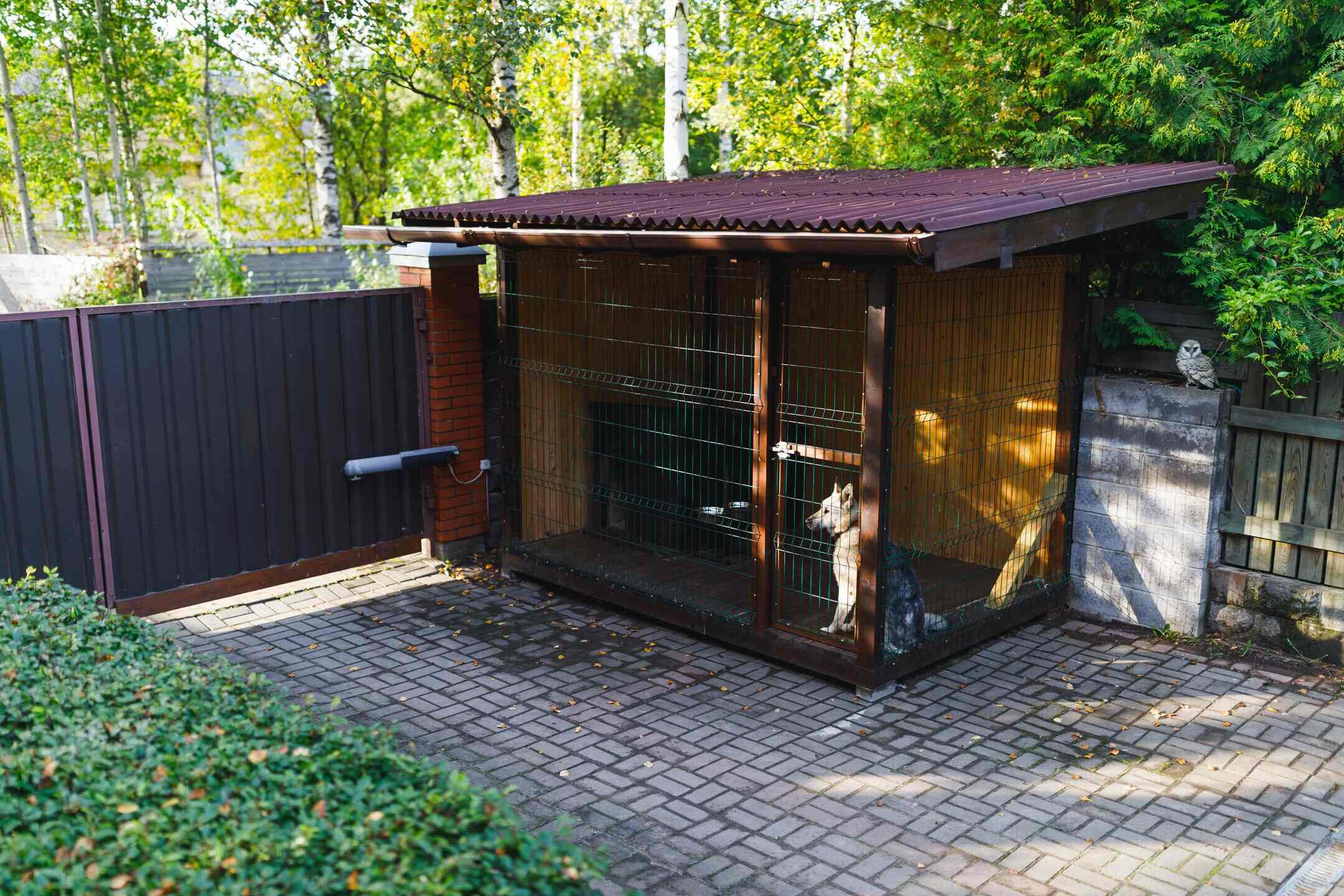
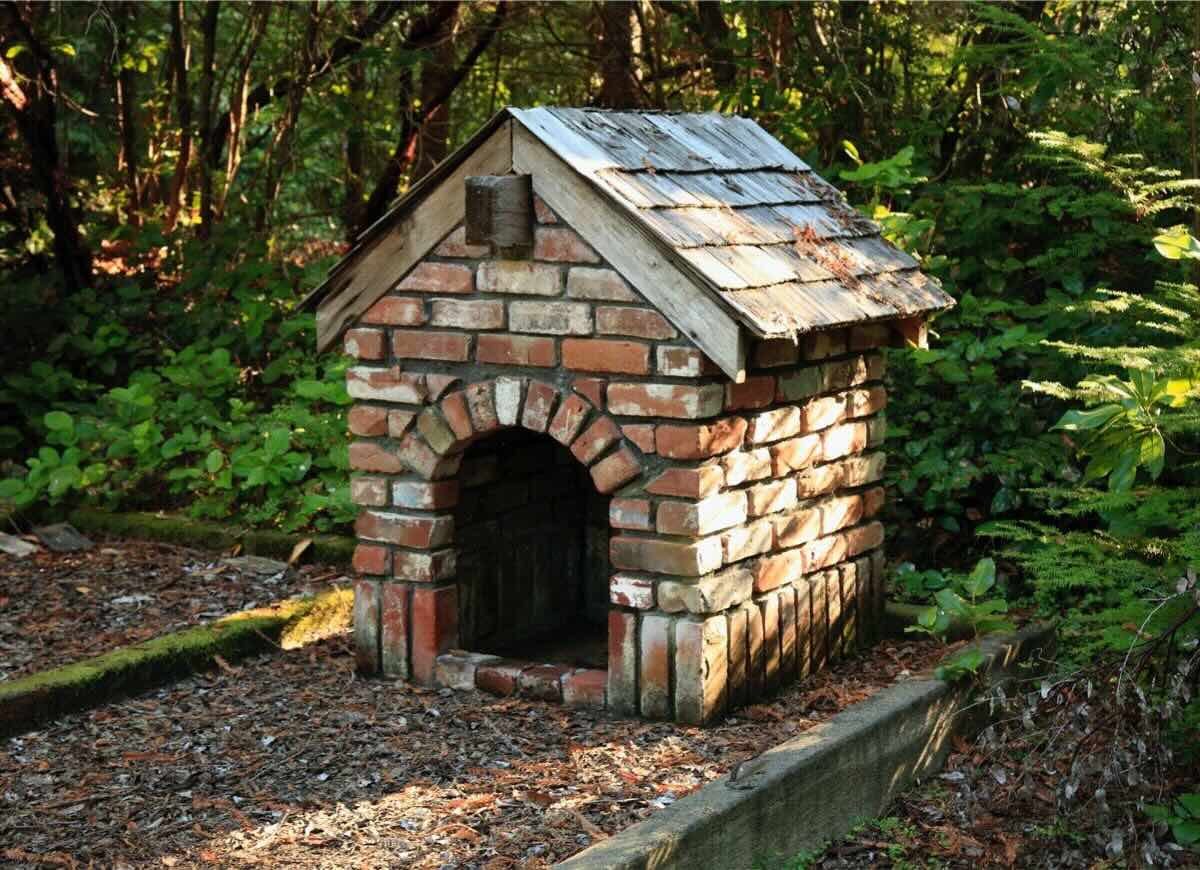
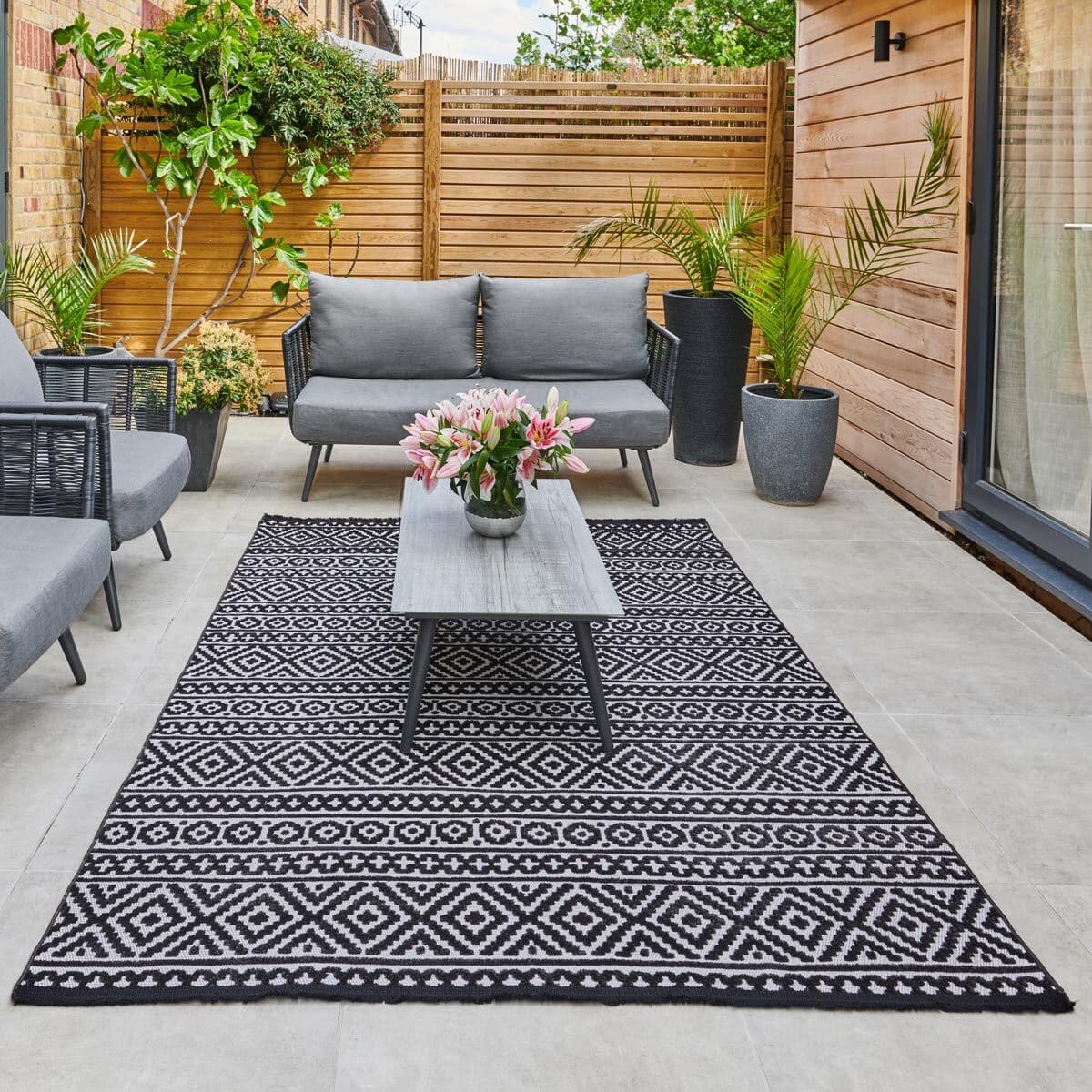

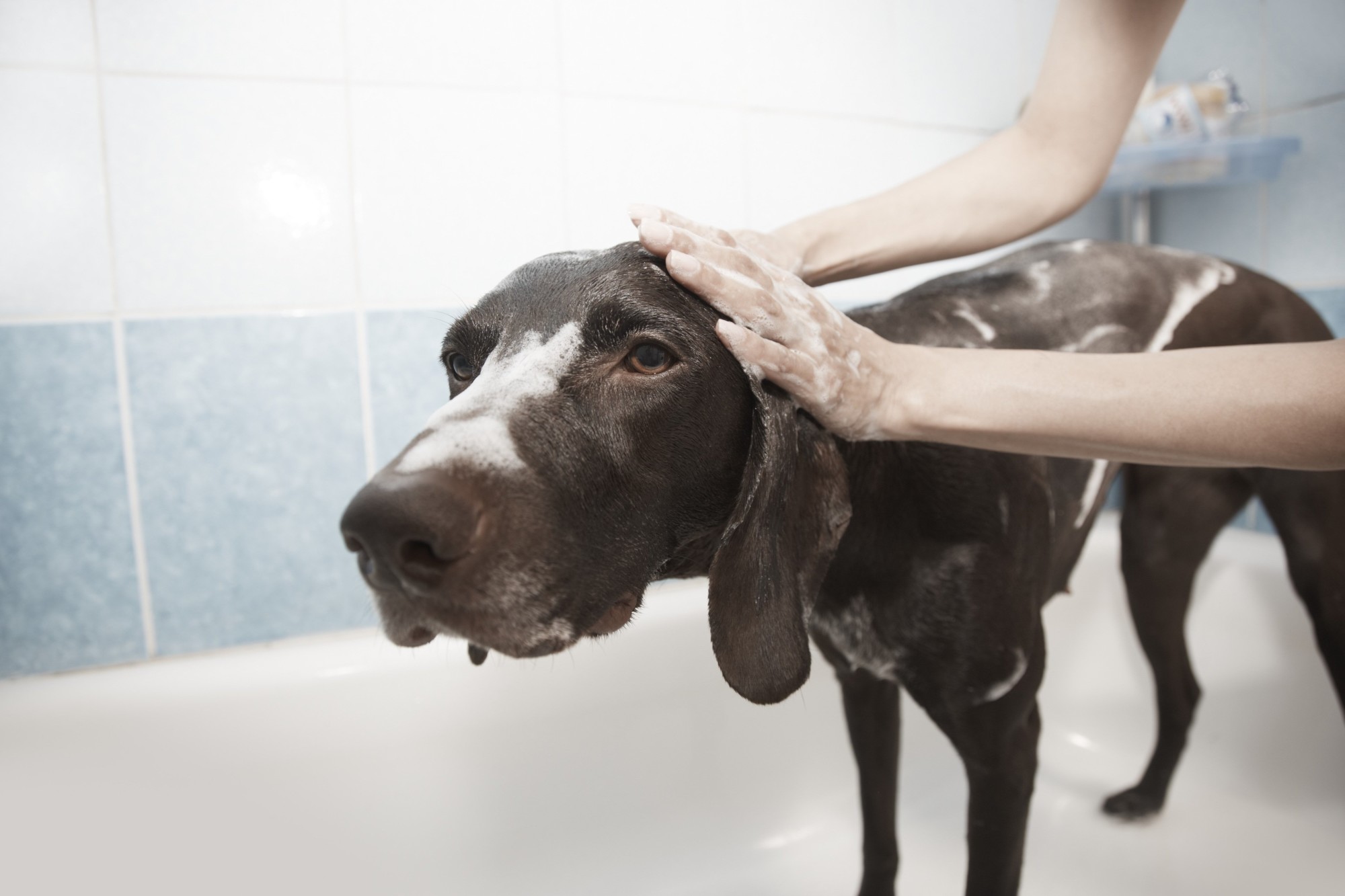
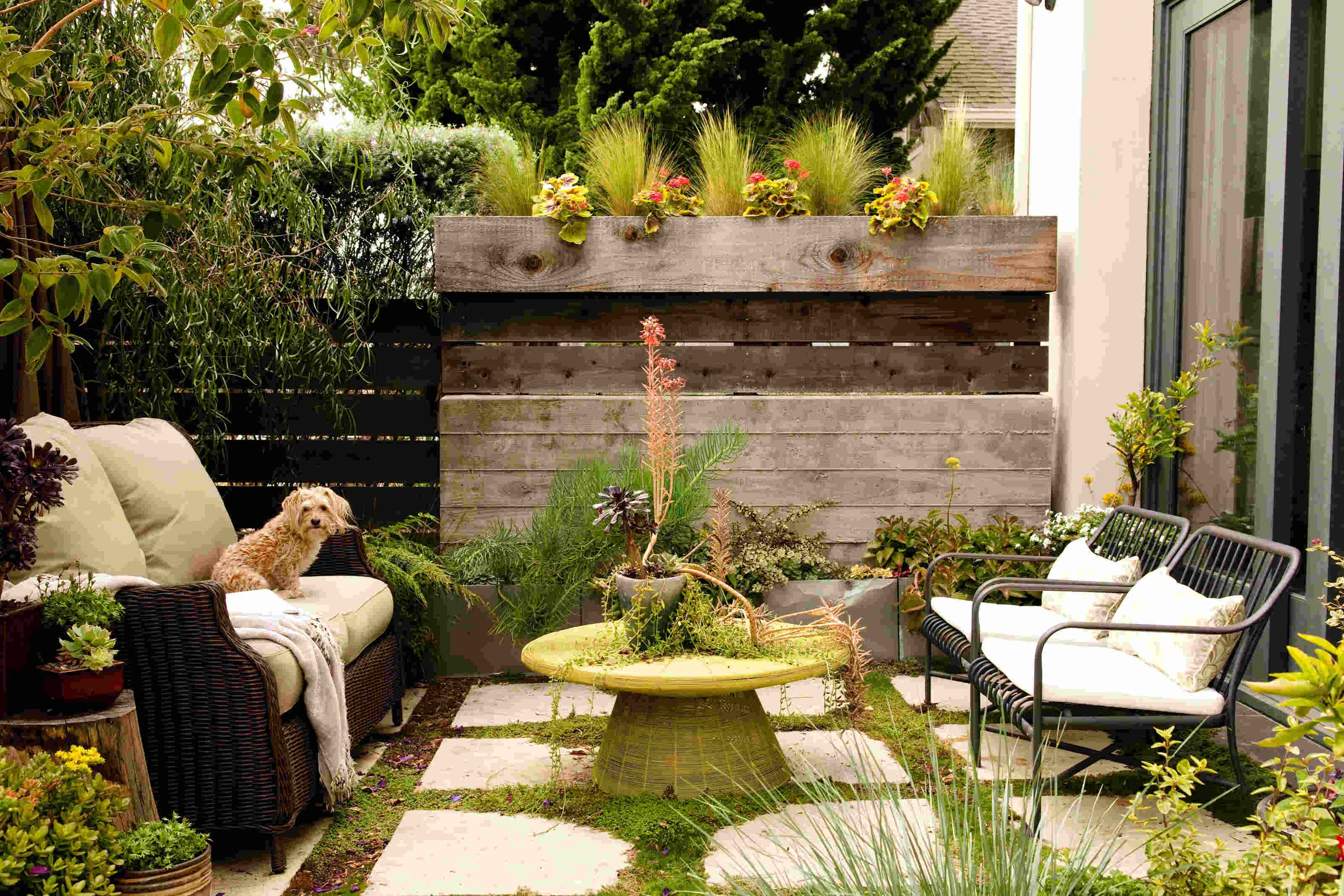
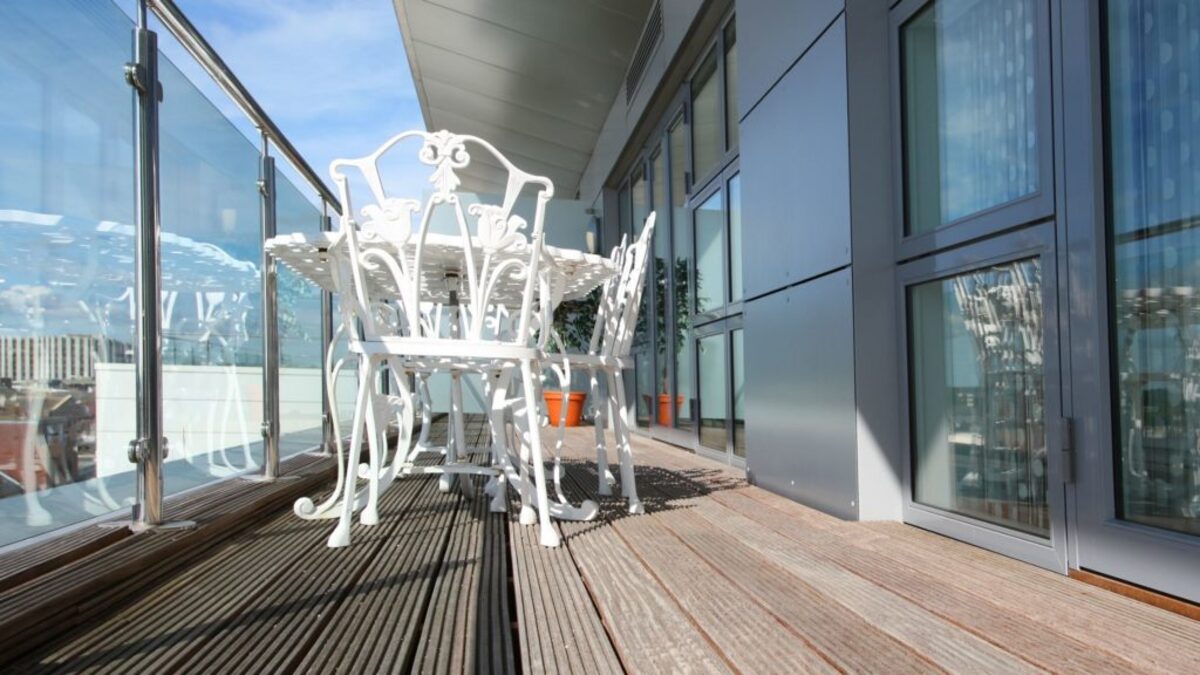
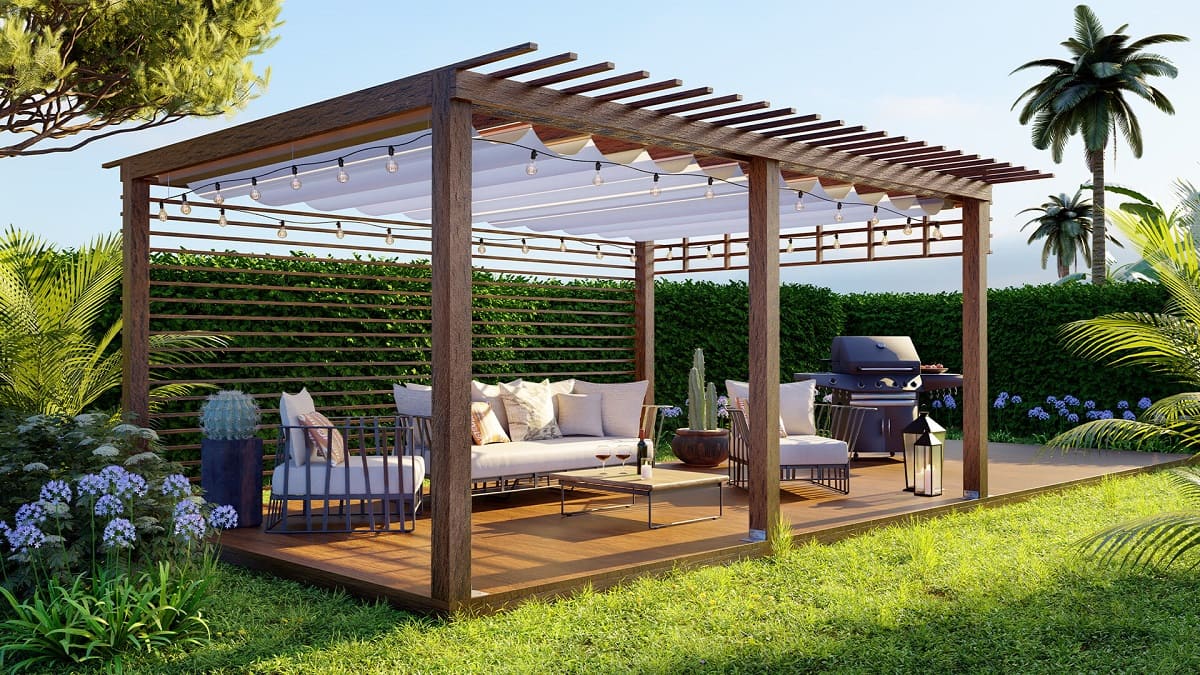
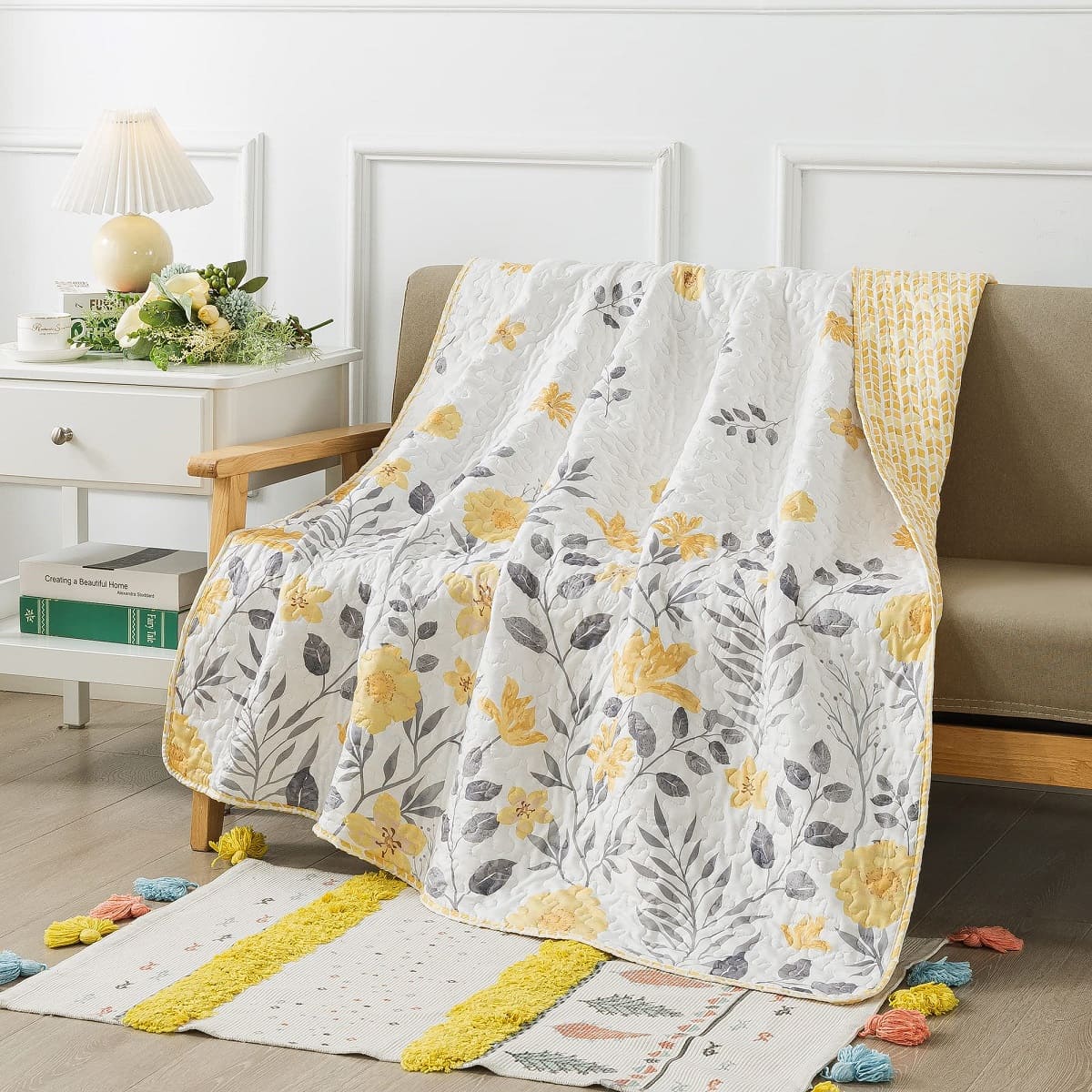

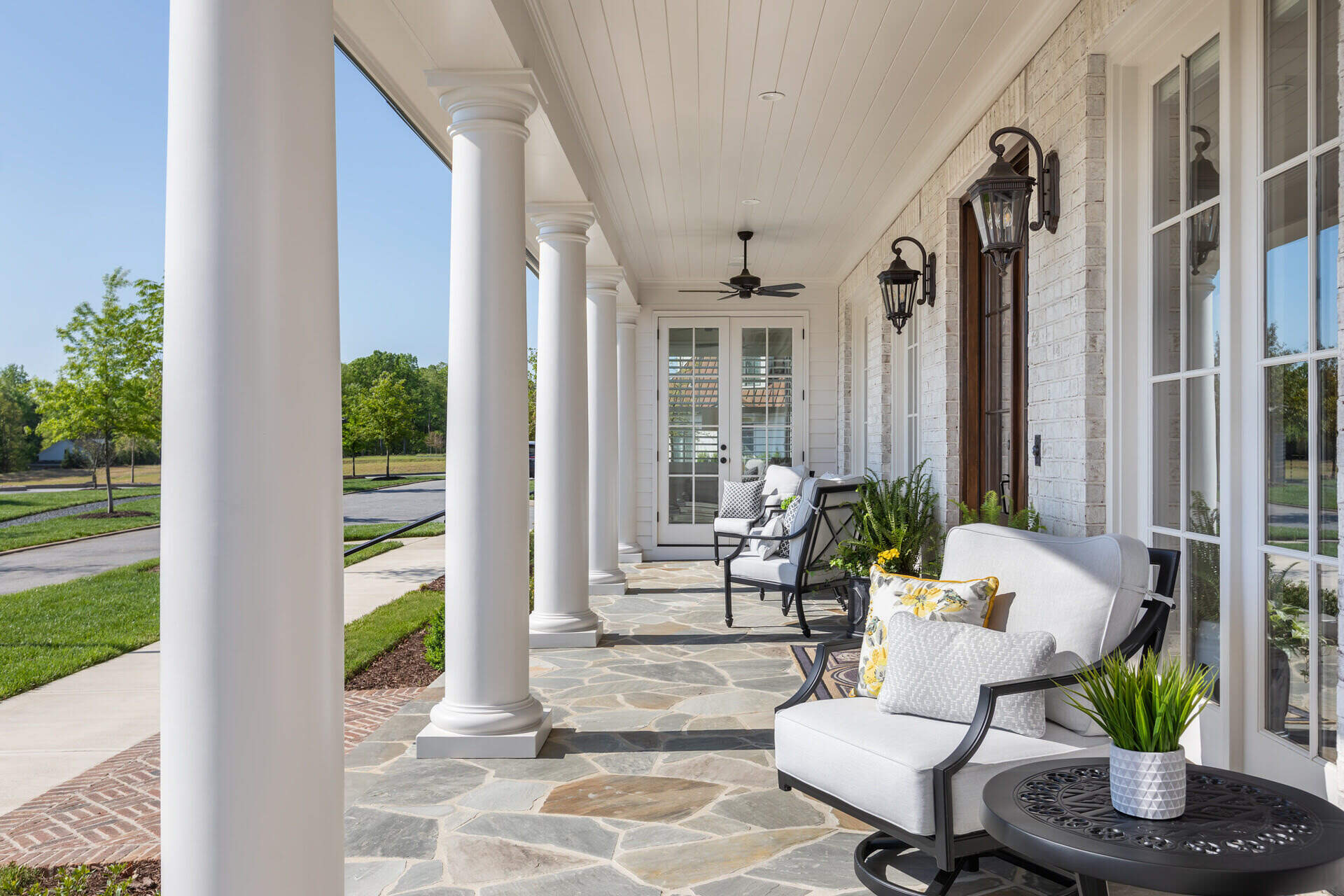
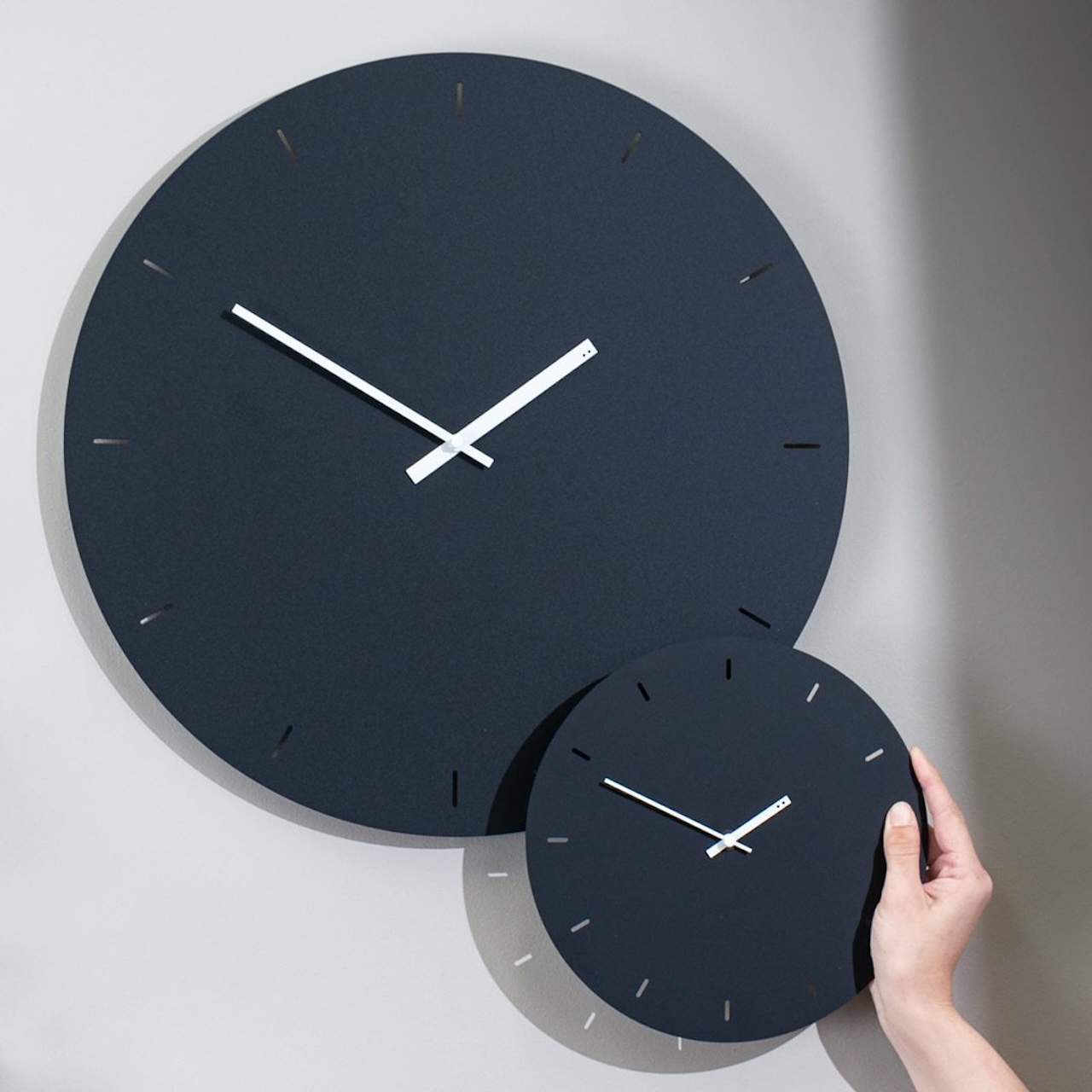
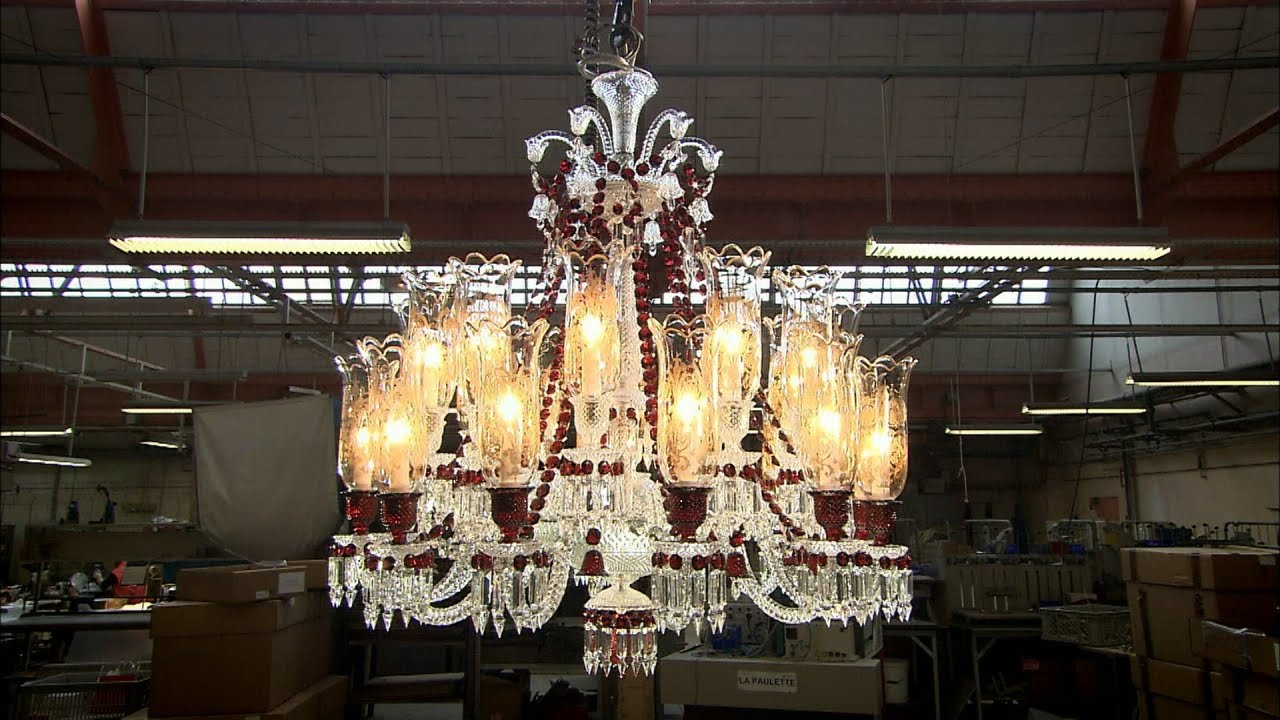
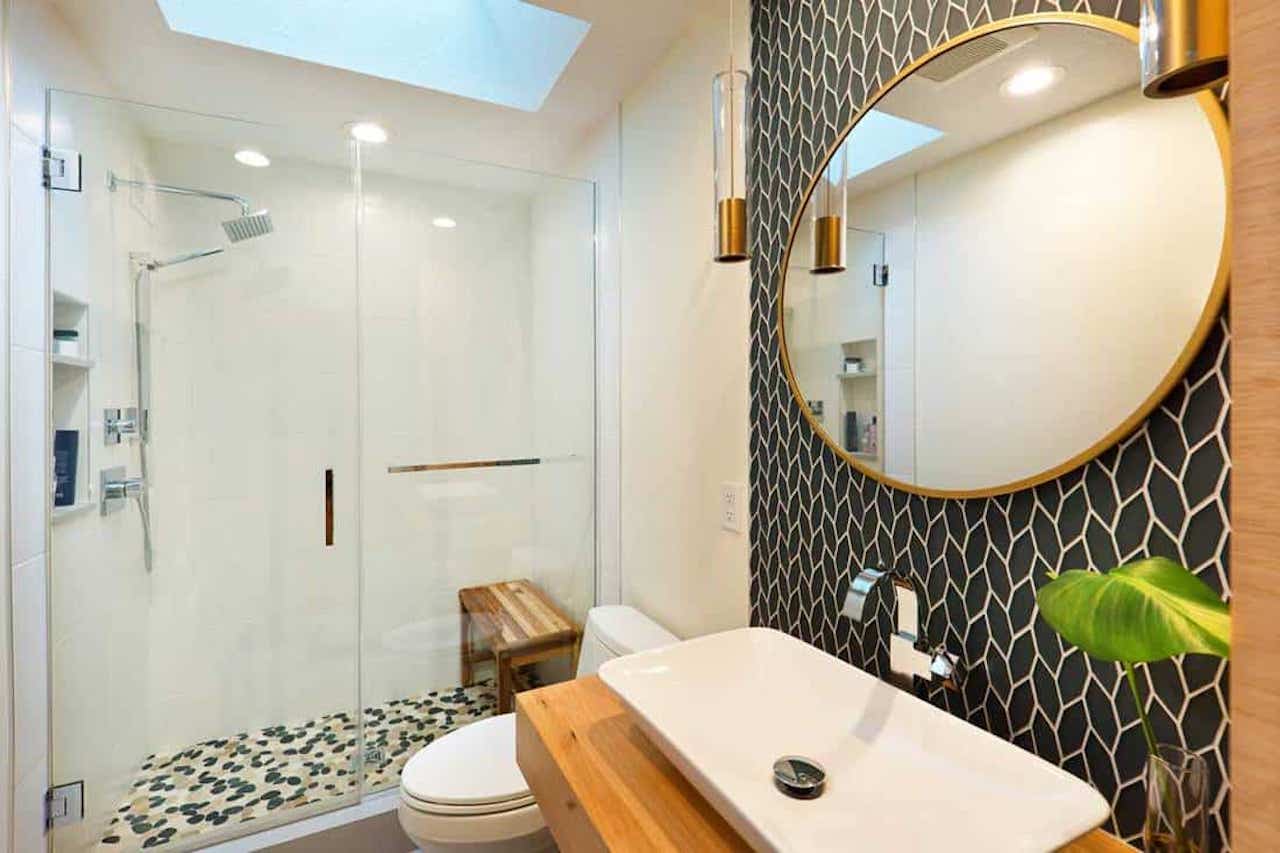

0 thoughts on “How Big Should An Outdoor Dog Kennel Be?”